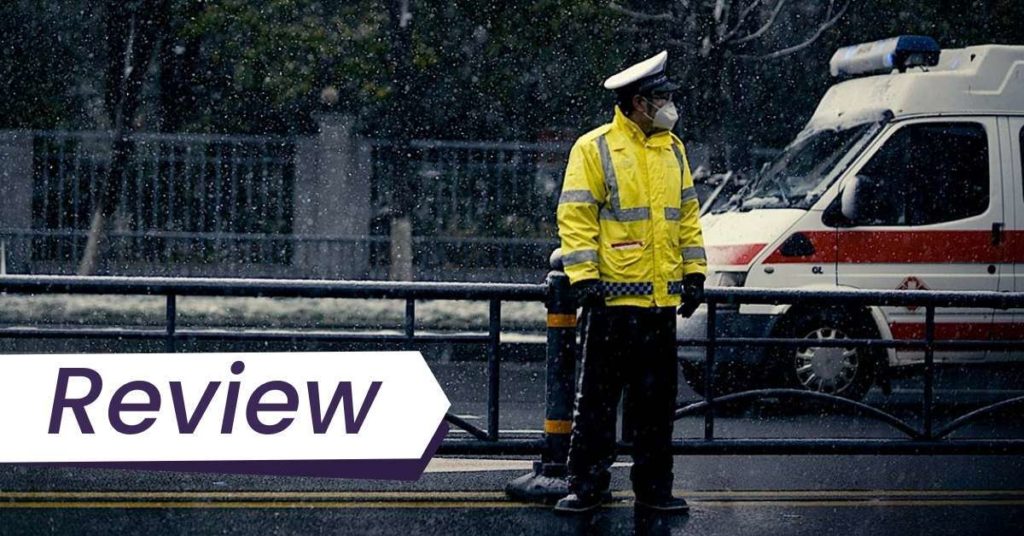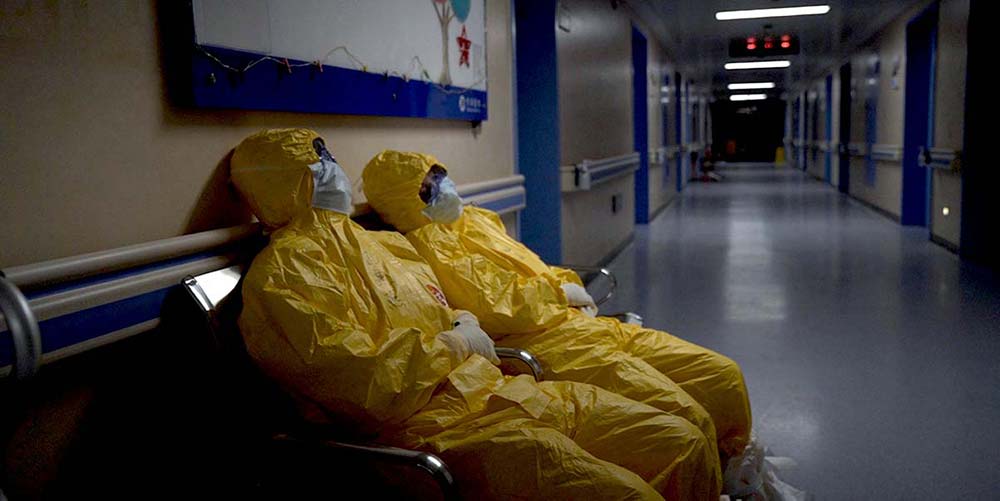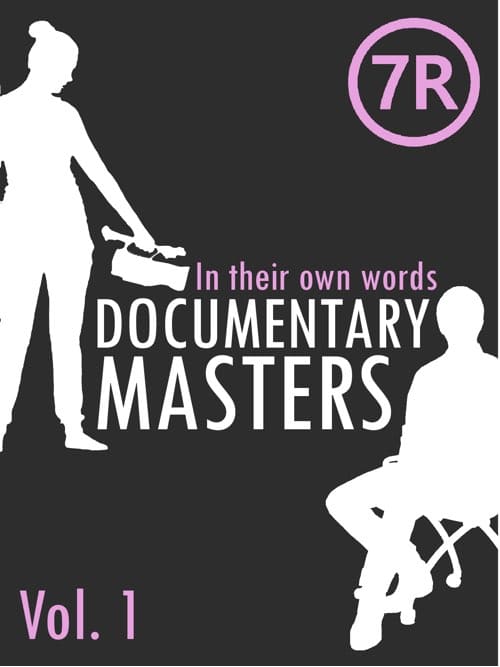76 Days is an urgent documentary about coronavirus pandemic that humanizes the people behind the PPE. Keep up to date with our TIFF ’20 coverage.

76 Days is a documentary that will be labelled “timely”, but the film’s strength is that it never stresses its own importance nor is it a didactic call to action. Instead, Hao Wu, Weixi Chan, and the Anonymous co-director know the audience now understands the scope of the pandemic. Rather than go large, they go small, focusing, in verité style, on a small group of people’s efforts to stem the COVID-19 pandemic’s tide. The film is assembled from footage shot between January and April, largely in Wuhan, the first major location of the global pandemic.
76 Days opens with a crowd banging on the doors to get into the hospital for treatment, which plays like a siege. But the framing of the pandemic as a horror film is only a hook. 76 Days pivots to a focus on people who shine through their kindness, particularly two main nurses.
We are introduced to the medical staff already fully geared up in their personal protective equipment (PPE). Only towards the end of the film, do we see their entire faces. This helps to humanize the people behind the PPE because we have to learn who they are through their words and actions, rather than just by appearance. Despite the layers separating them, the medical staff’s ability to communicate kindly and calmly, especially when dealing with patients who are scared or confused, is beautiful to watch. One of the highlights is when the nurses doodle on each other’s suits to personalize them, often writing food they would like to eat once they can travel again.

The film’s strength is in how it juxtaposes the hopeful storylines that developed over the course of filming against the tragic ones. The majority of the patients we get to know live. But the directors avoid making a misleadingly triumphant film. The conclusion of the film is haunting in a different manner than the early crowd scene at the door. A nurse phones the family of a patient who has died, asking them if they would be able to come and pick up the deceased’s phone and jewelry. This is shot with a focus on the items in closeup. But as the scene closes, the camera pulls back to reveal all of the bags of items, indicating the nurse has many emotionally trying calls left to make.
Even in a media environment saturated with COVID coverage, this documentary is worth seeking out. By not announcing any grand perspective on the pandemic, it provides a new lens on the human effort that goes into mitigating the pandemic.
READ: More coverage of the Toronto International Film Festival >>


